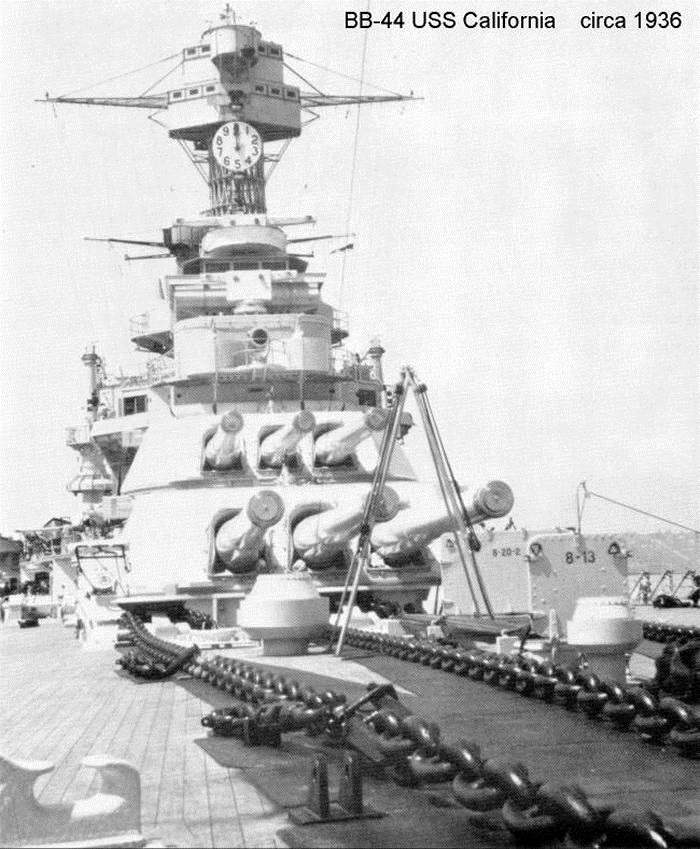It was one of the clichés in the old Wild West that part of it which featured in dime novels, silent serial movies, Wild West Shows, and television shows the crooked lawman. It did have some basis in fact, though; the recently established cow-towns and mining towns were tough places. Very often the natural choice for keeping the local bad-hats in some kind of seemly order was to co-opt the biggest, meanest baddest bad-hat of them all to administer order as sheriff. Not infrequently, said bad-hat was also a gambler, owned a saloon or an establishment of negotiable affections, and alternated between managing said establishment or the cards and keeping law and order. Other law officers started off on the side of the angels and went to the bad such as the sheriff of Bannock, Montana, Henry Plummer, who was hanged by the local Vigilante organization in Virginia City. (The vigilantes were convinced by evidence that he was the head of a gang of road-agents, stock thieves and murderers.) In other words, the path wavering back and forth between the darkness and the light was a pretty well-trodden one, and so was the one-way path from light to darkness. But for one who walked from darkness of a criminal life, into the light of upholding the law and remained there for most of his life, nothing quite comes close to the life of one particular lawman.
Month: January 2014
A Plague of Highly-Ambitious Mediocrities
…some thoughts from Theodore Dalrymple.
History Friday: Pacific Paradigm Shift in the US Navy
I have written in my columns on the end of WW2 in the Pacific about institutional or personally motivated false narratives, hagiography narratives, forgotten via classification narratives and forgotten via extinct organization narratives. Today’s column is revisiting the theme of how generational changes in every day technology make it almost impossible to understand what the World War II (WW2) generation is telling us about it’s times without a lot of research. Recent books on the like John Prados’ “ISLANDS OF DESTINY: The Solomons Campaign and the Eclipse of the Rising Sun” and James D. Hornesfischer’s “NEPTUNES INFERNO: The US Navy at Guadalcanal” focus in the importance of intelligence and the “learning by dying” use of Radar in the Solomons Campaign. Both are cracking good reads and can teach you a lot about that period. Yet they are both missing some very important, generationally specific, professional reasons that the US Navy did so poorly at night combat in the Solomons. These reasons have to do with a transition of technology and how that technology was tied into a military service’s training and promotion policies.
WW2 saw a huge paradigm shift in the US Navy from battleships to aircraft carriers and from surface warship officers, AKA the Black Shoe wearing “Gun Club,” to naval aviators or the Brown Shoe wearing “Airdales.” Most people see this as an abrupt Pearl Harbor related shift. To some extent that was true, but there is an additional “Detailed Reality” hiding behind this shift that US Army officers familiar with both the 4th Infantry Division Task Force XXI experiments in 1997 and the 2003 Invasion of Iraq will understand all too well. Naval officers in 1942-1945, just like Army officers in 1997-2003 were facing a complete change in their basic mode of communications that were utterly against their professional training, in the heat of combat. Navy officers in 1942-1945 were going from a visual communications with flag semaphore and blinking coded signal lamps on high ship bridges to a radio voice and radar screen in a “Combat Information Center” (CIC) hidden below decks. US Army officers, on the other hand, in 1997-2003 were switching from a radio-audio and paper map battlefield view to digital electronic screens. Both switches of communications caused cognitive dissonance driven poor decisions by their users. However, the difference in final results was driven by the training incentives built into these respective military services promotion policies.

Both Interesting and Sad
A commenter at a post on value stream mapping, at the Manufacturing Leadership Blog, says:
I saw a group of women who hated each other for over 20 years come to tears when they realized what the workflow was doing to their relationships.
Hopefully, outright hate isn’t all that common, but I do suspect that many painful relationship problems in organizations are caused by processes and incentive structures that create conflicts of a pointless, perpetual, and unresolvable nature.
Sweet, Sweet Schadenfreude
I’m having mine chocolate-flavored, with a dash of whipped cream and mini-peanut-butter cups and toasted almonds sprinkled over, watching the Wendy Davis meltdown, high atop my perch in suburban San Antonio.
Yes ma’am, the spectacle of a relatively unknown local state senator, suddenly elevated to national media attention and anointed the great feminist hope of out-of-state Dems everywhere, suddenly melting down … it is delicious. I ought not to feel this degree of vicious satisfaction … but I do. Heretofore, Ms. Davis only annoyed me for her filibuster opposing tighter regulation of abortion and the three-ring circus which ensued in the Capitol; Honestly, is insisting that abortions must take place before 20 weeks of a pregnancy have passed, and that the facility in which they are performed be at least as hygienic as your average Lasik surgery clinic somehow rise to the status of Teh Great War on Wymens? Really!? She wasn’t representing a district anywhere near mine, and lord knows I have heard tales of state senators and representatives who were notorious for shenanigans even more embarrassing. She, in other words, was not my representative and not my problem.